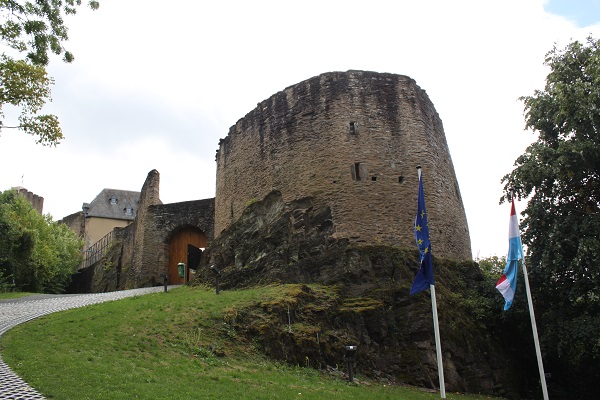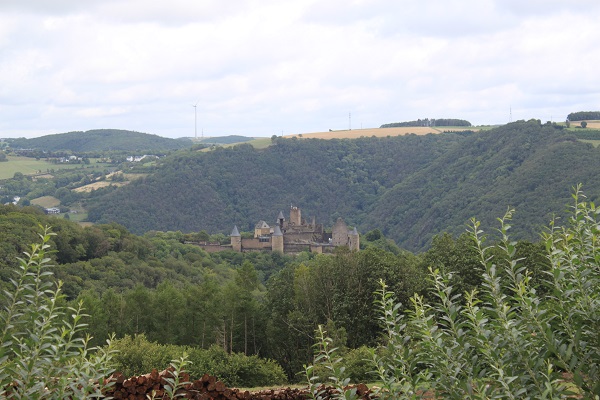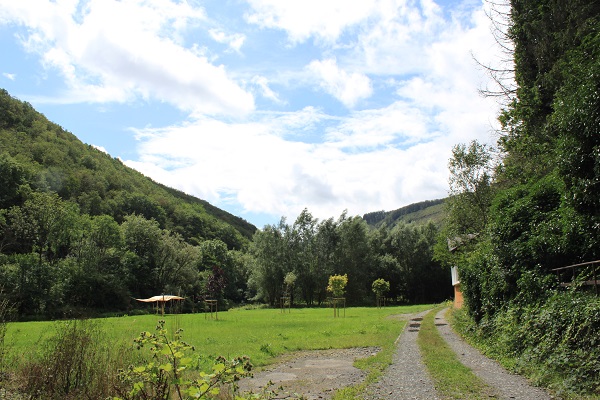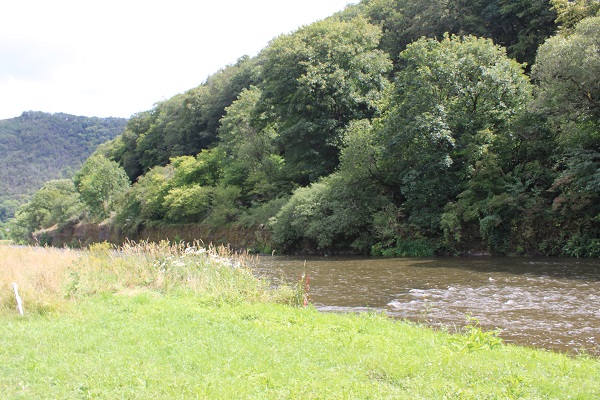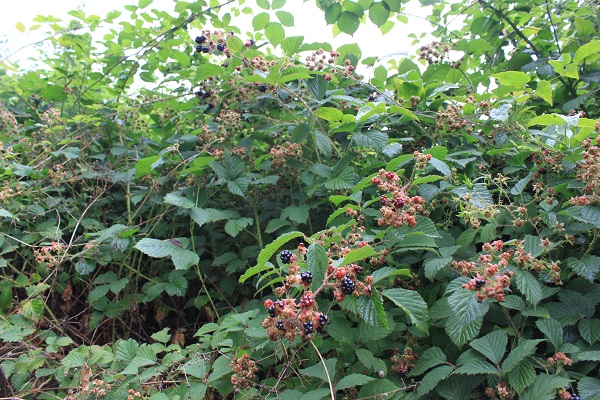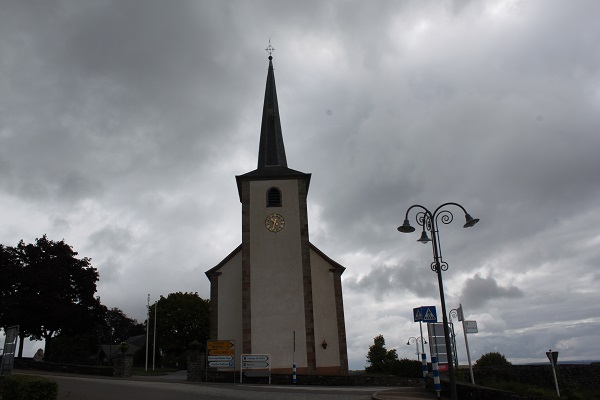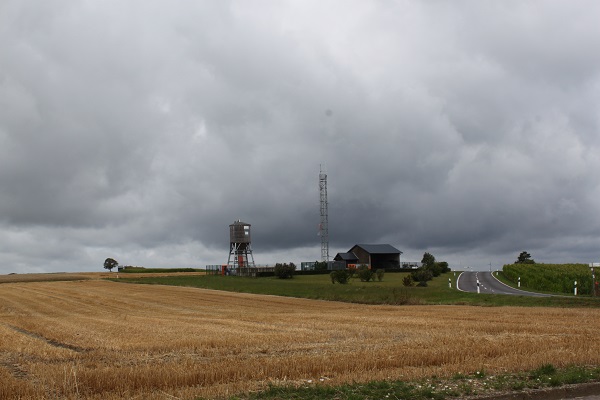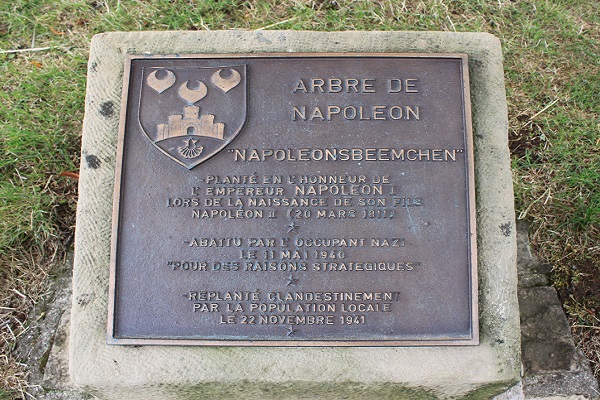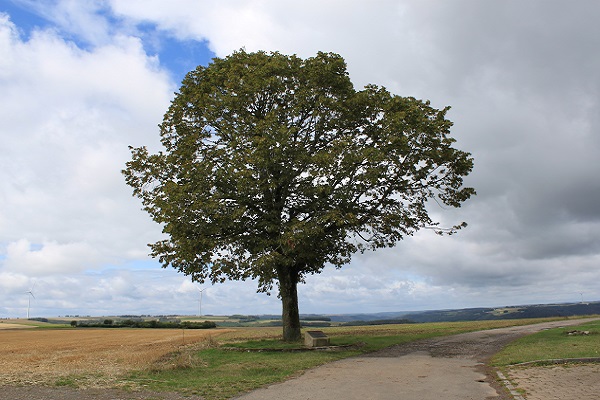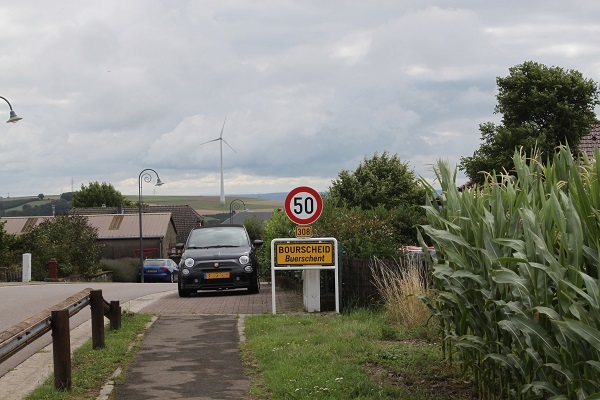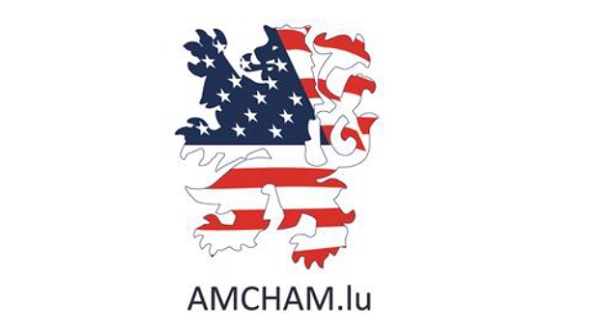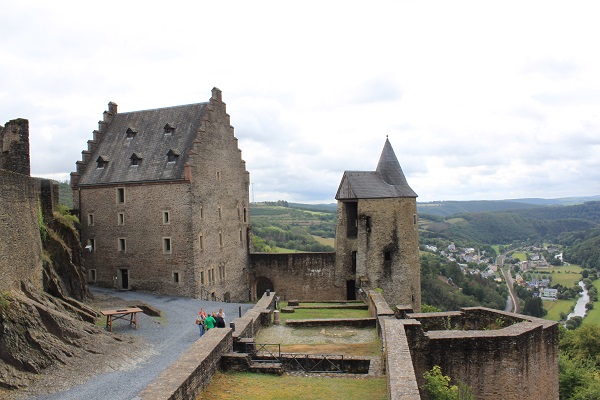 Château de Bourscheid;
Credit: Otilia Dragan, Chronicle.lu
Château de Bourscheid;
Credit: Otilia Dragan, Chronicle.lu
Throughout August, Chronicle.lu will be shining a spotlight on various villages across the Grand Duchy; the focus is mainly on some of the (perhaps) lesser-known villages with particular points of interest or an interesting history (e.g. cultural and/or industrial heritage).
The next article in this series is dedicated to Bourscheid (Buerschent in Luxembourgish), a village in the municipality of the same name in north-western Luxembourg (Canton Diekirch) with a population of about 470.
The village is located in close proximity to the Château de Bourscheid, its main attraction and Luxembourg’s largest castle. It has eleven watch towers, perched 150 m above the Sûre river. According to an official online publication, the castle was most likely built in the 10th century and then expanded in the 14th and 15th centuries.
Around the year 1000, a primitive wooden fortification became the first solid stone castle. Excavations revealed Roman, Merovingian, Carolingian and Ottonian traces. From this first Romanesque-Gothic castle, today only the inner ring wall is left. The outer ring wall, reinforced with eight towers, was completed in 1384. The Stolzemburg house with its Gothic vaulted cellar was built simultaneously. Nowadays, this restored Gothic house hosts exhibitions, as well as models of the castle's changing appearance through the ages. Today's restored version of the castle was finalised in 2018, after centuries of neglect - the ruling Bourscheid dynasty had died out by 1512, and the castle and lands were auctioned off by its last noble owner in 1812. The Luxembourg state acquired it in 1972, according to the Luxembourg Castle Association website.
Audio guides in seven different languages are available for visitors who want to learn more about the castle. In the evening, the building is illuminated for a fairy tale-like atmosphere. The castle also hosts its own medieval festival (although smaller than the one in Vianden) one day each July (usually the second Sunday).
However, the Château de Bourscheid's exhilarating heights are not the only noteworthy attraction in the region. There is a viewing spot down in the valley offering a full view of the castle (Google Maps: V3X9+29 Bourscheid) and many hiking trails to discover around the valley, notably the Bourscheid BS5 trail.
A large camping area with charming, little houses (with their own scenic viewpoints and fully private areas) is located a few minutes' walk from the castle. In August, one can find blackberries in the nearby forest area. The Bourscheid beach and the Bourscheid Moulin areas also offer scenic routes, as well as a calming, all-green environment open to visitors by the Sûre river (Google Maps: W36M+92 Bourscheid).
Furthermore, there is a rather unusual nearby monument: Napoleon's Tree (Napoleonsbeemchen / Arbre de Napoleon), just above Bourscheid. A tree was planted at this location in 1811, in honour of Napoleon Bonaparte's newborn son. In 1940, the Nazis cut it down, but a year later local Luxembourgers secretly planted the one that can be seen there today.

